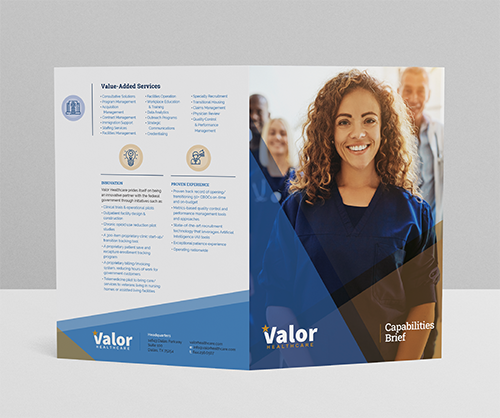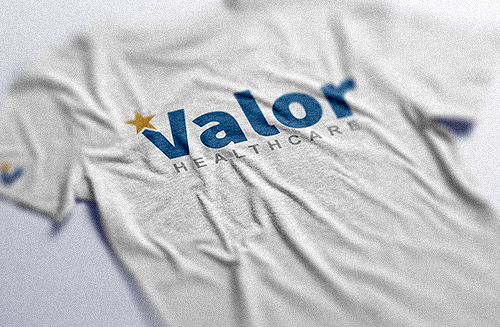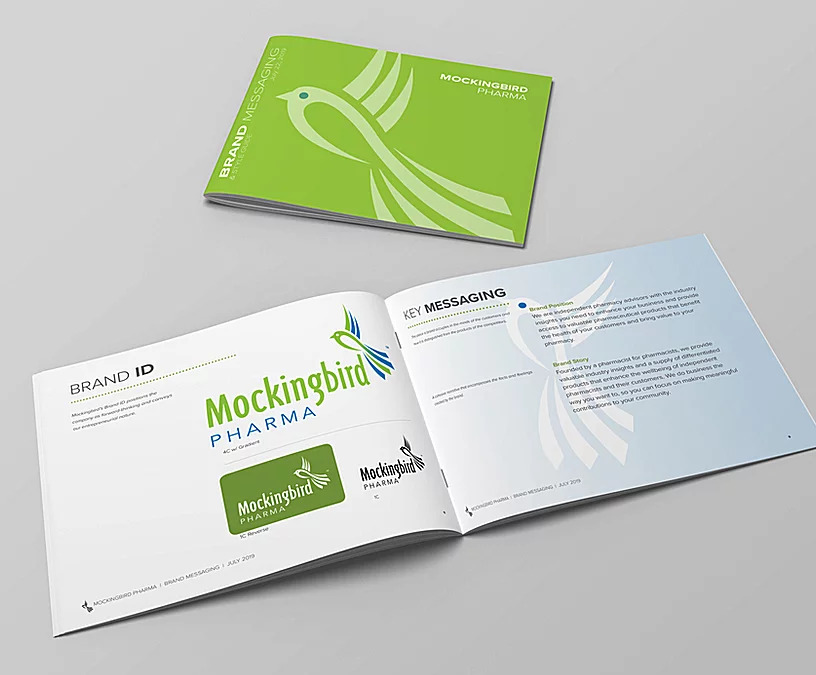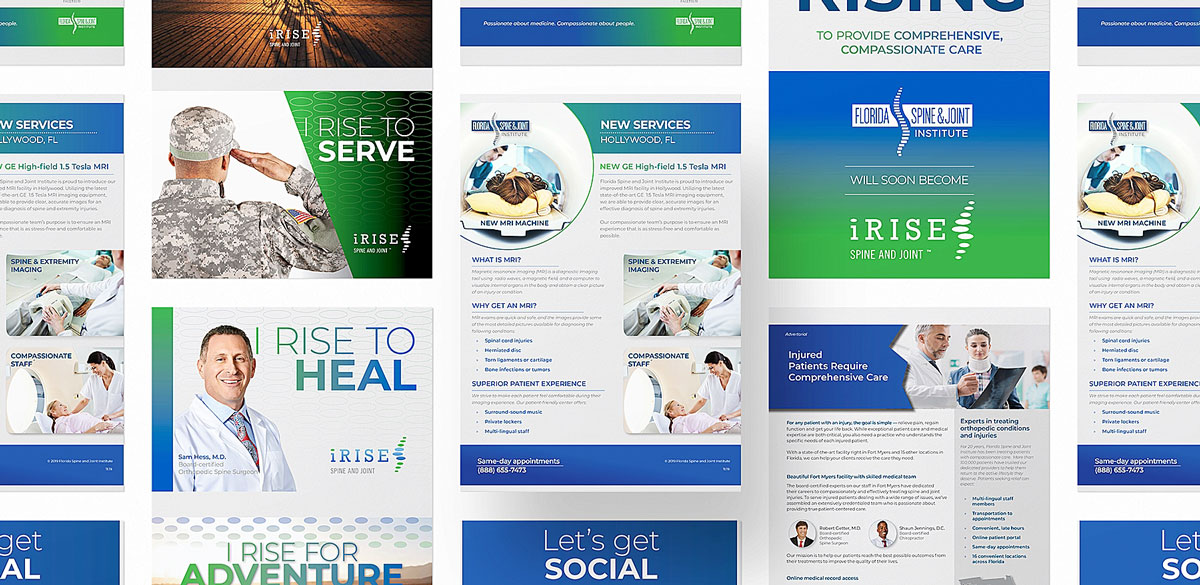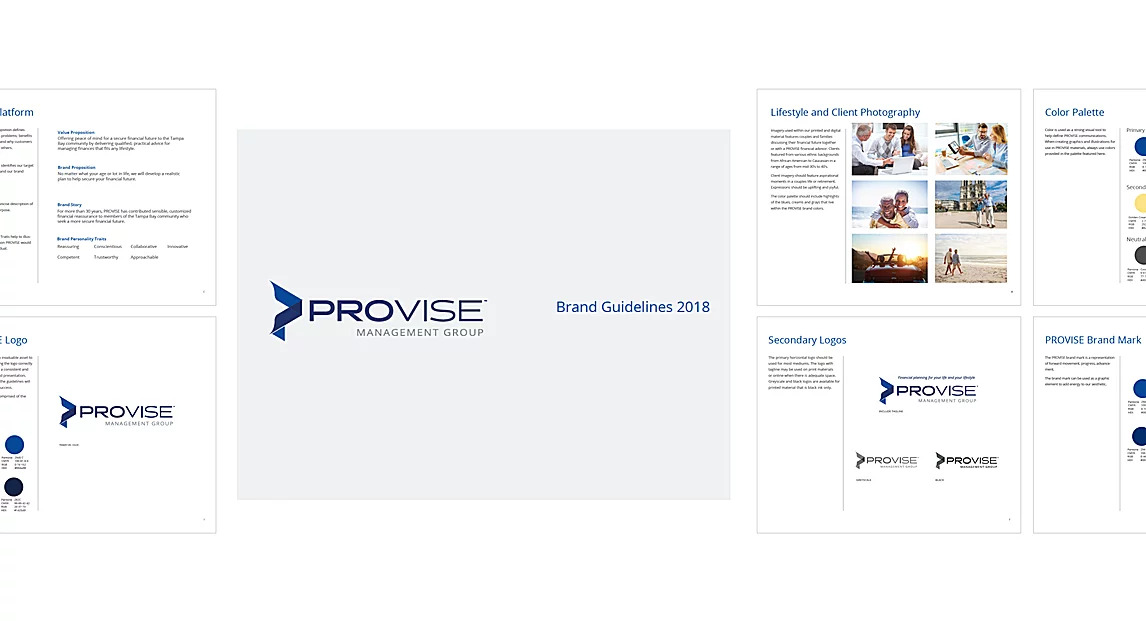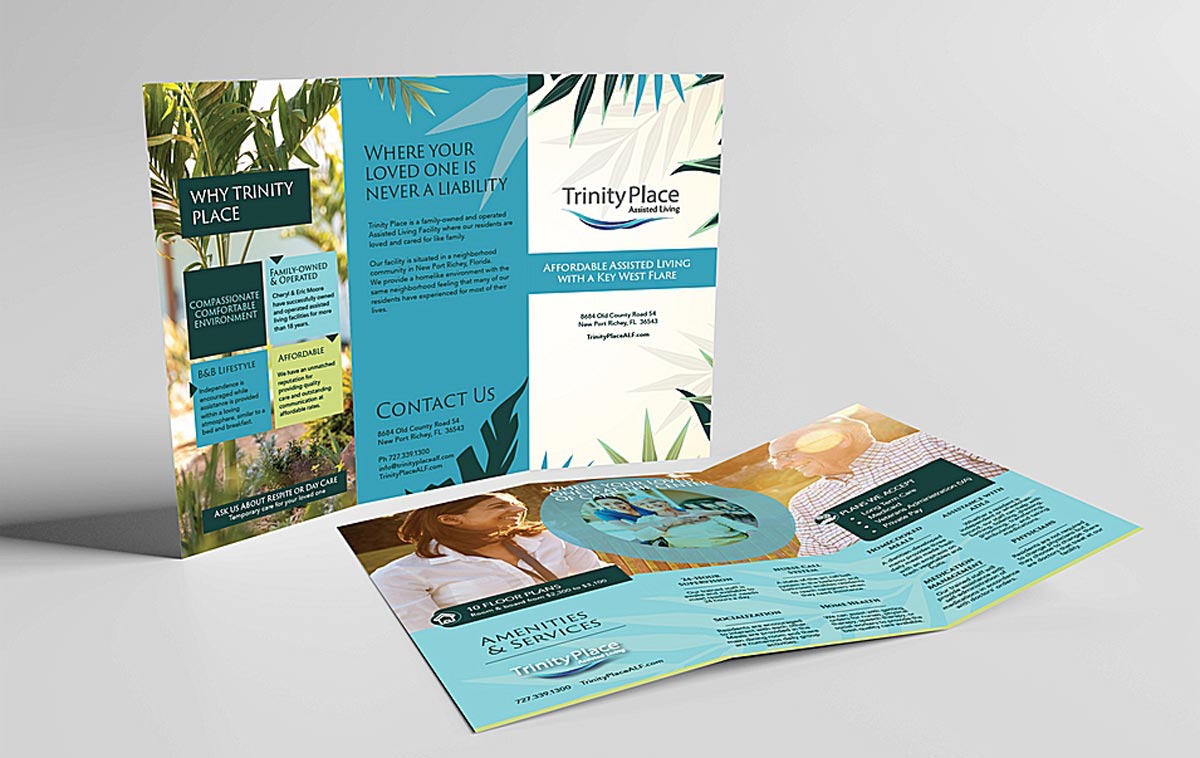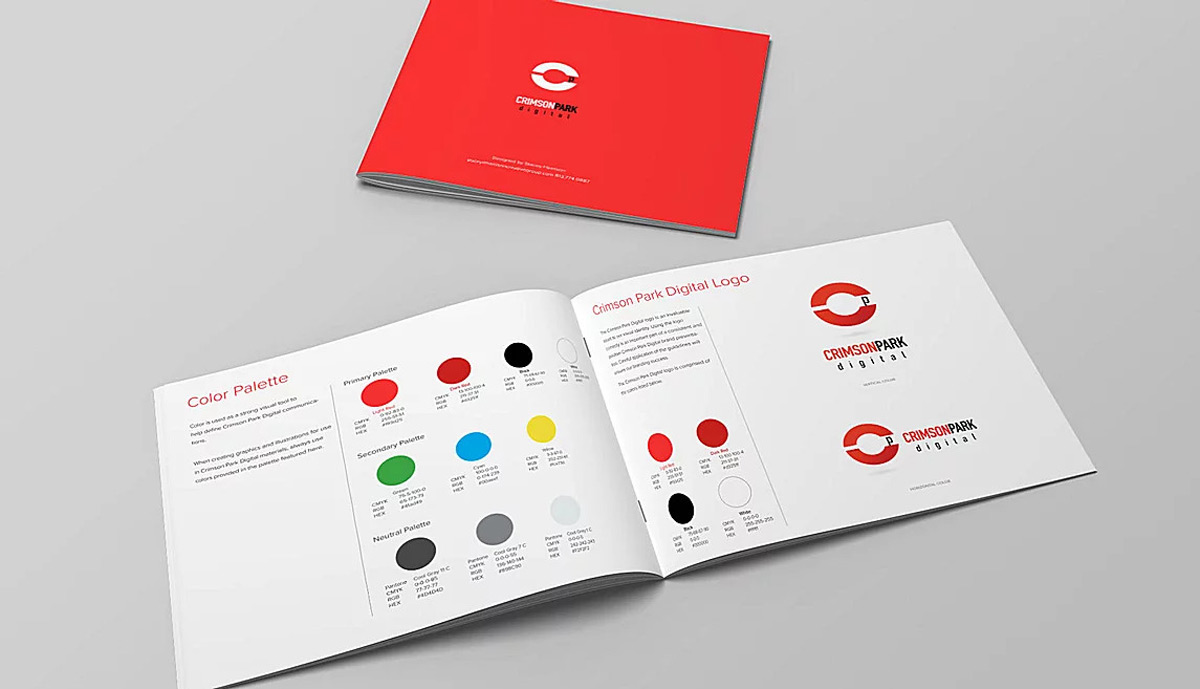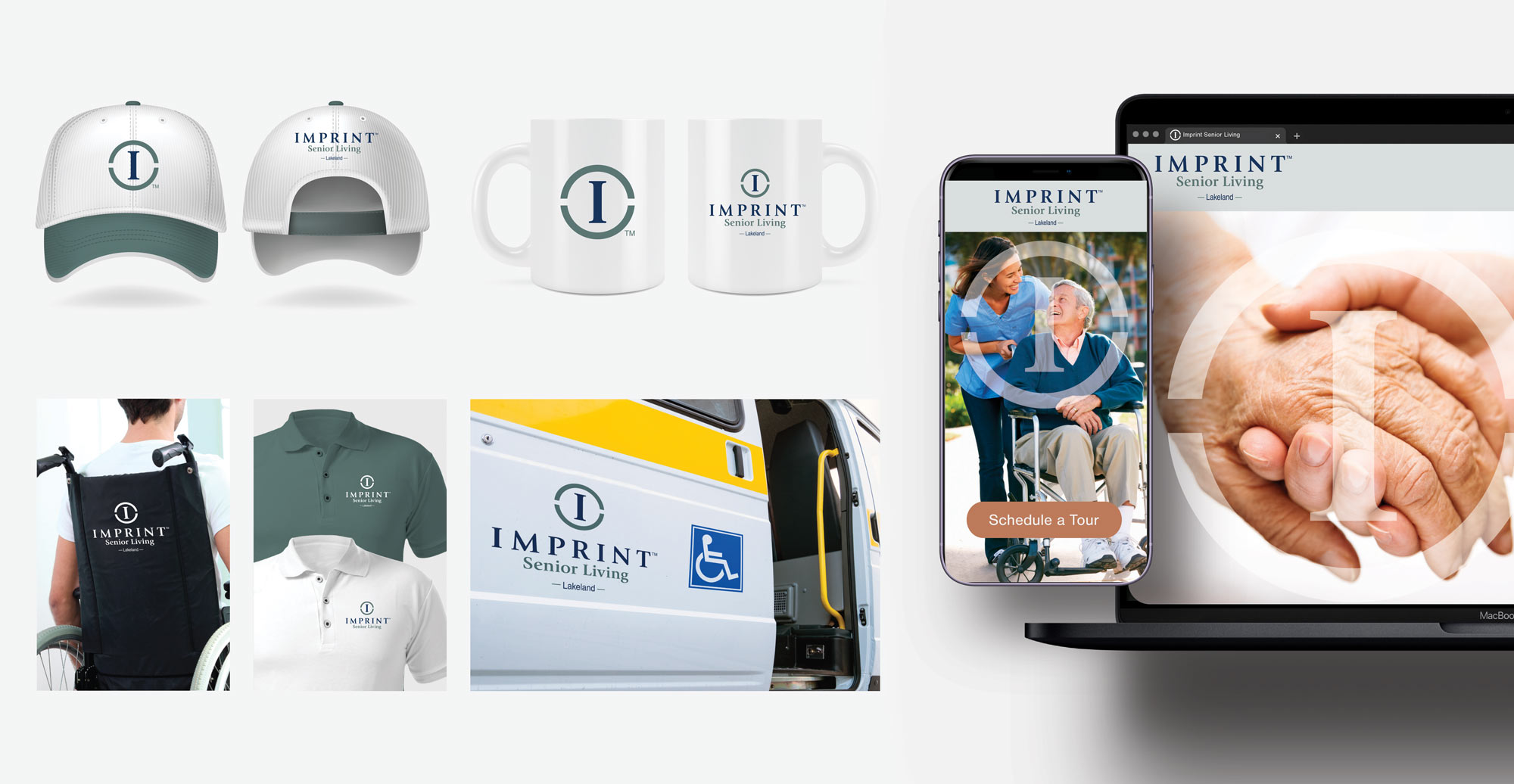Healthcare Marketing Mistakes To Avoid
Healthcare marketers love to brag when we can improve patient acquisition for a practice. Like that time we launched a new testimonial campaign for a spine surgery center that drove thousands of leads each month. (See, it’s easy to brag.)
I’d also like to share the seven things that can cause problems for healthcare marketers.
An Outdated Logo.
An unprofessional clip art logo is a dead giveaway for a healthcare practice that doesn’t care about its brand identity. That’s not the message you should send to your partners and patients if growth is part of your strategy.
A company logo doesn’t always have to demonstrate its services with an image or icon illustratively. A simple, modern text treatment may better represent a sophisticated healthcare brand. Remaining objective about a logo if a family member had a hand in choosing or creating the brand identity can be tough. So, make sure you solicit the advice of a brand professional that can offer an unbiased opinion.
Did you know that clip art or royalty-free icons are not permissable for use in trademarked logos?
An Ineffective Website.
A website or blog is one of the first places people will visit when looking for information about your company. 77% of patients begin their search for medical information and solutions on search engines. If your site isn’t optimized for search engines, visitors won’t find what they need. User experience matters, particularly when patients are suffering or need to make an appointment or gain information quickly.
If a website hasn’t been updated or redesigned for a few years, it’s likely time for an upgrade. Make sure to hire a web design professional who understands accessibility and compliance rules in your particular industry or state.
Inconsistent Social Media.
An optimized website can attract visitors who may be searching for healthcare services, but don’t forget about social media for SEO. Facebook, Instagram, and even TikTok are additional tools for driving qualified traffic to your website. Contrary to what you may believe, social media isn’t just for the kids creating dance videos. Healthcare providers can create an authentic connection by sharing information about their staff, giving free tips related to health and wellness, or demonstrating how the practice contributes to the community. And if your staff likes to have fun, include social media posts that highlights their personalities. Those staff members also like seeing themsevles online and will share your posts to their friends and family – increase your reach to potential patients.
Emails That Don't Convert.
Make sure you’re collecting patient email addresses with their consent to send promotional info. Next, make sure you’re utilizing an email marketing platform that will allow your practice to stay in touch with patient with an automated nurturing campaign. Remind patients of their annual appointment. Announce new services or team members. Send them birthday wishes! Just make sure you’re asking them to take an action, or “to convert”.
A conversion could be making an appointment, leaving a review, or completing a survey. Just make sure that if you’re sending emails to track how well they convert. An email marketing platform like Campaign Monitor will help to track these conversions so you’ll know what messages work and what doesn’t. This means you’ll waste money sending out emails that aren’t converting.
No Call Tracking System.
A call tracking system helps you understand who’s calling you and whether they’re interested in your services or not. It also lets you see where people hang up when they reach your voicemail. You can use this data to make better decisions about your call center staff and improve your conversion rates. Call tracking systems like CallRail or CallTracking Metrics are affordable and provide valuable insights through call recordings. In addition, your marketing team can assign a unique phone number to specific campaigns to track their effectiveness.
No CRM Integration.
A website that generates 100 new appointment requests a day would be amazing, right? But, how do you know what percentage of online appointment requests are kept or cancelled if the data isn’t connected with the operating system? Integrating or connecting your operating system with the website, CRM and call tracking systems will allow for better visibility into which marketing channels are delivering true results.
Ignoring Negative Reviews.
Service failures are inevitable. A receptionist may be having a bad day and interacts rudely with a new patient. Or your new phone system puts callers on hold for far longer than expected. The truth is that it’s not a matter of if but when a failure will result in a negative online review. The recovery comes when your team responds to those negative reviews. Simply deleting or not responding to a negative online review is not an option in today’s digital world. People not only want a response to their comment – they expect it. So, make sure there is a staff member assigned to respond to patient complaints in a timely manner (within 24 hours).
Why is responding so important? Because more than 70% of patients consider online review before selecting a provider. When searching for that topic or brand, one of the first listings you may see is a review. Negative ratings not only impact potential customers, but also potential hires. After all, who wants to work for a practice that has a bad rep and angry customers?



